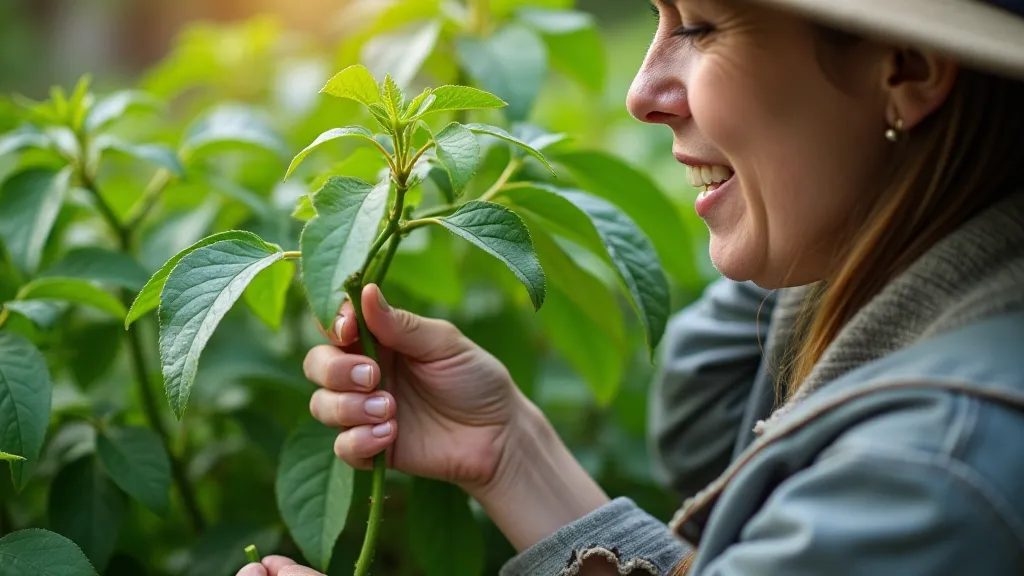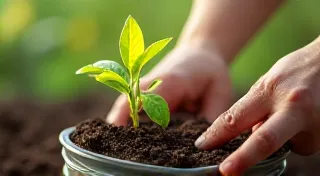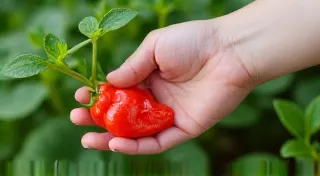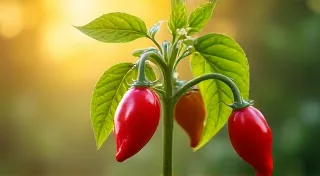The Best Fertilizer for Specialty Peppers
Growing specialty peppers – those fiery jewels like ghost peppers, scotch bonnets, and habaneros – is incredibly rewarding. But achieving those maximum yields and scorching heat levels requires more than just sunshine and water. Proper fertilization is absolutely critical. This guide breaks down the best fertilizer options for your pepper plants, whether you prefer an organic approach or synthetic solutions.
Understanding Pepper Nutrient Needs
Peppers, like all plants, need a balance of essential nutrients. The three macronutrients—Nitrogen (N), Phosphorus (P), and Potassium (K)—are the foundation. Nitrogen promotes lush foliage; Phosphorus supports root development and flowering; and Potassium contributes to overall plant health, fruit development, and disease resistance. Beyond these, micronutrients like calcium, magnesium, and iron play vital roles.
Organic Fertilizer Options
For many specialty pepper growers, an organic approach is preferred. It improves soil health long-term and reduces the risk of fertilizer burn. Here are some top choices:
- Compost: A fantastic all-around amendment, compost provides a slow-release source of nutrients and improves soil structure. Apply a generous layer around the base of your pepper plants at planting time and as a side dressing throughout the growing season.
- Worm Castings: Often referred to as “black gold,” worm castings are incredibly rich in nutrients and beneficial microbes. They’re a gentle yet effective fertilizer for peppers.
- Fish Emulsion: A readily available source of nitrogen, fish emulsion is a popular choice for promoting rapid growth. However, it can have a strong odor!
- Seaweed Extract: Provides trace minerals and stimulates growth.
- Bone Meal: Rich in phosphorus, bone meal is excellent for encouraging strong root development and flowering.
- Blood Meal: Another phosphorus rich option. Be cautious though, as it can attract animals.
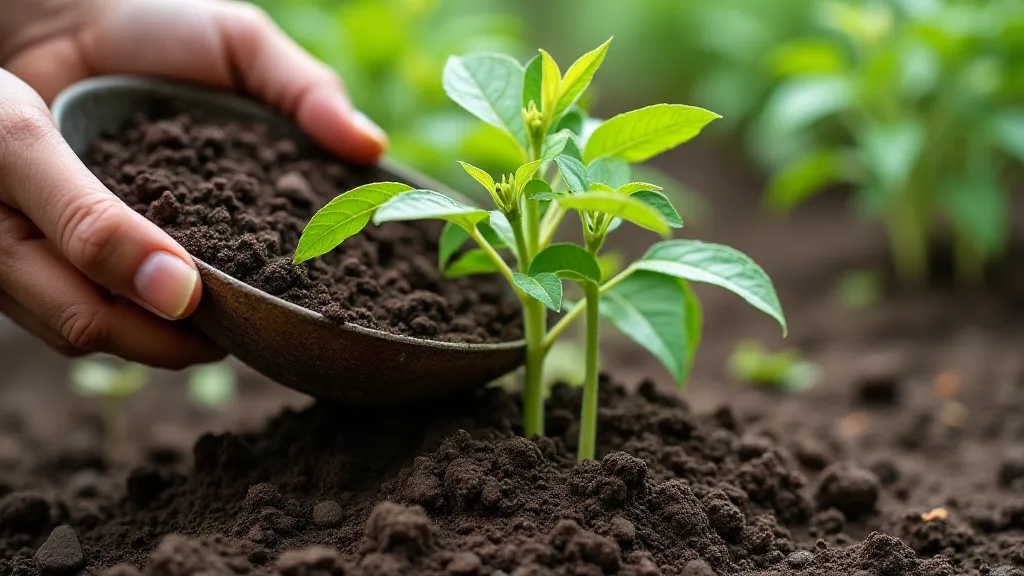
Synthetic Fertilizer Options
Synthetic fertilizers offer a concentrated dose of nutrients and are often quicker acting. However, overuse can lead to nutrient imbalances and potential harm to your plants and the environment. Careful application is key.
Look for a fertilizer specifically formulated for vegetables, or one with a higher middle number (P) to promote flowering and fruiting. A common ratio to look for is 5-10-5 or similar. Always follow the manufacturer’s instructions precisely.
Understanding NPK Ratios
Fertilizers are labeled with an NPK ratio, representing the percentage of Nitrogen (N), Phosphorus (P), and Potassium (K) by weight. For example, a 10-10-10 fertilizer contains 10% of each nutrient. During the vegetative stage (early growth), slightly higher nitrogen may be beneficial. As flowering and fruiting begin, shift to a fertilizer with a higher phosphorus number.
Fertilizing Schedules & Tips
Initial Planting: Incorporate compost and/or bone meal into the soil before planting.
Early Growth: Use a balanced fertilizer (e.g., 10-10-10) every 2-3 weeks.
Flowering & Fruiting: Switch to a fertilizer with a higher phosphorus number (e.g., 5-15-5) every 2-3 weeks.
Foliar Feeding: Consider foliar feeding with a diluted seaweed extract or fish emulsion for an extra boost of nutrients.
Soil Testing: Conduct a soil test periodically to determine the nutrient levels in your soil and adjust your fertilization accordingly. This helps prevent over- or under-fertilization.
Choosing the Right Fertilizer: A Summary
Ultimately, the “best” fertilizer for your specialty peppers depends on your personal preferences, soil conditions, and growing goals. Organic fertilizers contribute to long-term soil health while synthetic fertilizers provide a quicker nutrient boost. Combining both approaches can provide a balanced and effective fertilization strategy. Pay close attention to your plants’ needs and adjust your fertilization accordingly.
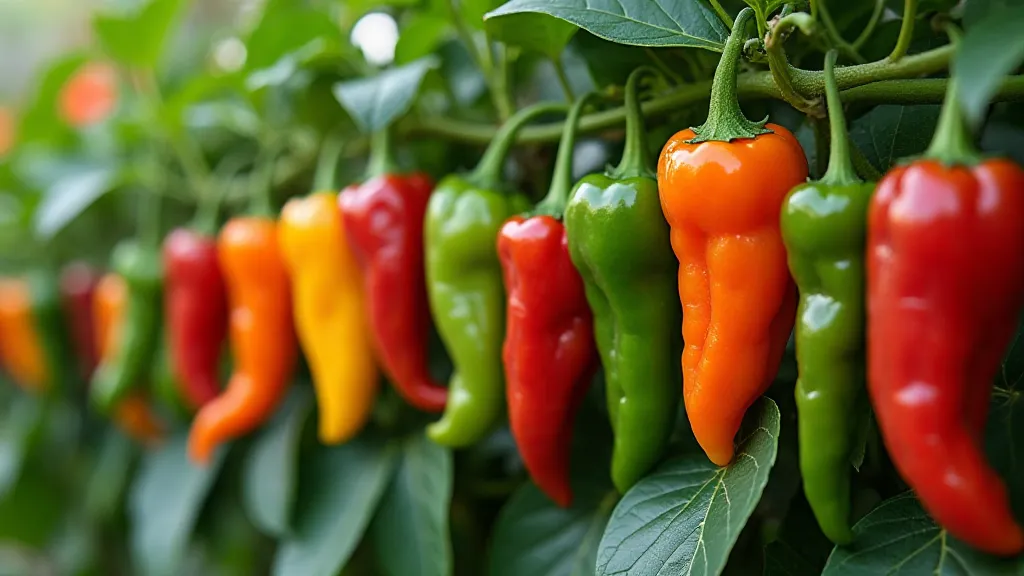
Troubleshooting
Yellowing Leaves: May indicate nitrogen deficiency.
Poor Flowering: Could be a phosphorus deficiency.
Small or Poorly Developed Fruit: Could be potassium or overall nutrient deficiency.
